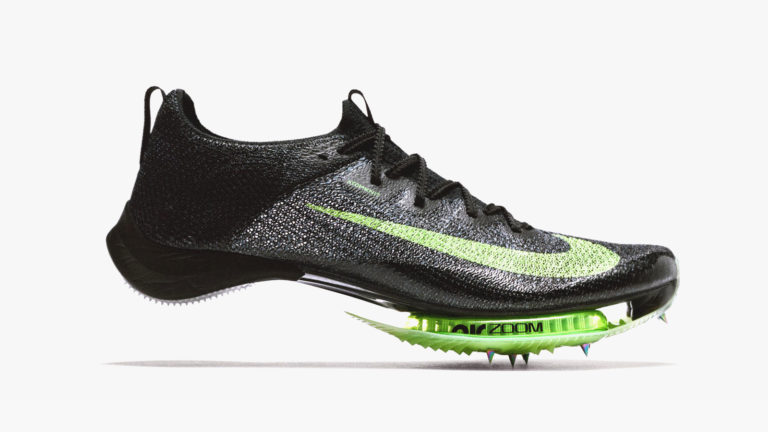


You can read our review of the Zoom Vaporfly 4% here. Here’s more pictures for the Zoom Vaporfly 4%. Why the 4% in the name? Nike claims these shoes ceteris paribus will make runners 4% more efficient compared to Nike’s previous fastest marathon shoe. The Zoom Vaporfly 4% employs the ZoomX midsole of the Elite combined with a full-length carbon fiber plate.Īll with the objective to provide at the same time superior cushioning and a greater energy return. This is the closest you can get to the real deal. But they are about to release three more shoes inspired by this concept. The Zoom VaporFly Elite are not for sale.

The idea is to offer soft cushioning for the long race while maintaining responsiveness and speed.

You can see the plate in the picture below, courtesy of the New York Times: One of the most revolutionary aspects of this shoe is the fact that the lightweight, resilient ZoomX midsole contains an unidirectional carbon fiber plate customized to the individual athlete. The forefoot stack height is 21mm and a heel height of 30mm – for a heel to toe drop of 9mm. You can see they mean business though when you take a look at this shoe. Nike claims it is “remarkably” lighter, softer and more responsive than traditional foams, which is the same claim every single company has been making in the past year or two. The biggest innovation is Nike’s new midsole material called ZoomX. It doesn’t look like your typical lightweight, racing shoe does it? That’s because it’s not. The Zoom VaporFly Elite is the shoe that Eliud Kipchoge, Lelisa Desisa and Zersenay Tadese will wear while attempting to break this barrier on the Monza Formula 1 circuit later this year. You know Nike is trying to run a marathon in less than 2 hours, right?


 0 kommentar(er)
0 kommentar(er)
